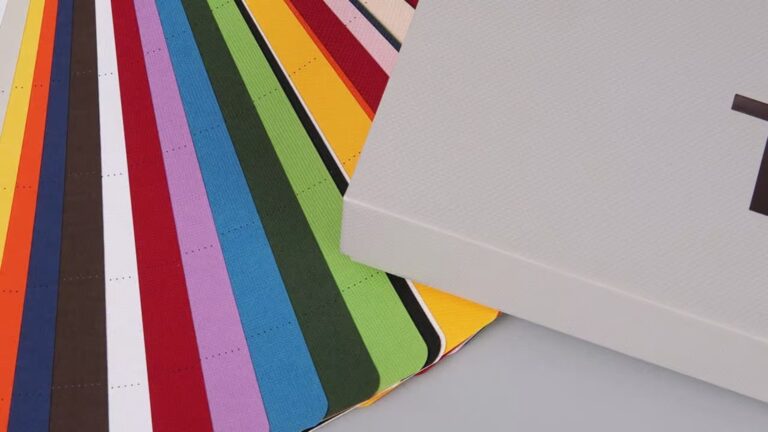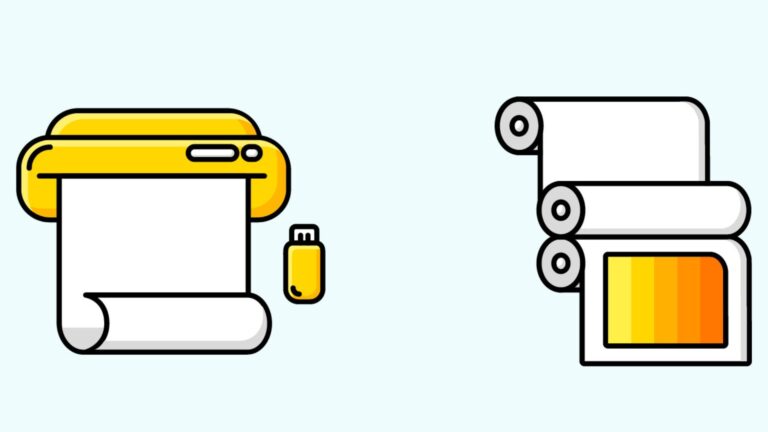
Choosing the right paper type can make or break a printed project. Whether you’re printing marketing materials, art books, or business stationery, one of the most important decisions you’ll face is whether to use coated or uncoated paper. These two paper types offer very different finishes, affecting everything from color vibrancy and texture to writing ability and durability. In this article, we’ll break down the key differences between coated and uncoated paper and help you determine which is best for your needs.

What Is Coated Paper?
Coated paper has a surface treated with a compound—usually made from clay or a mixture of polymers—to seal the paper’s fibers. This creates a smooth, even finish that resists ink absorption and enhances print quality.
Coated paper comes in several finishes:
-
Gloss – Shiny and vibrant, perfect for high-impact visuals.
-
Silk/Satin – A soft sheen without the glare of gloss.
-
Matte – Smooth but non-reflective, ideal for text and subdued images.
Because of the coating, ink sits more on the surface, resulting in sharper detail and richer colors.
What Is Uncoated Paper?
Uncoated paper has no surface treatment. Its natural, fibrous texture absorbs ink more readily, giving it a warmer, softer appearance. It’s often used for:
-
Books and novels
-
Letterhead and stationery
-
Notebooks and journals
Uncoated paper offers better writability and a more organic, tactile feel.
Key Differences at a Glance
| Feature | Coated Paper | Uncoated Paper |
|---|---|---|
| Surface | Smooth, sealed | Rougher, porous |
| Ink Absorption | Minimal (sits on surface) | High (soaks in) |
| Color Output | Bright, sharp, vibrant | Softer, muted |
| Writing Ability | Not ideal (ink may smear) | Excellent |
| Finish Options | Gloss, matte, satin | Mostly matte/natural |
| Feel | Sleek, polished | Soft, tactile |
| Best For | Photos, brochures, packaging | Books, letters, journals |
When to Choose Coated Paper
High-Quality Images
Coated paper enhances contrast and detail, making it perfect for printing photographs, magazines, and portfolios where visual quality is key.
Marketing Materials
Brochures, flyers, and posters often use coated paper for a polished, professional appearance.
Durability
The coating adds strength and moisture resistance, making it more suitable for items that will be handled frequently.
When to Choose Uncoated Paper
Readability
Uncoated paper reduces glare, making it easier to read, especially for long-form content like books, manuals, and reports.
Writability
If the paper will be written on—like business letterhead, forms, or journals—uncoated is the clear winner.
Natural Feel
Uncoated paper feels more organic and is often preferred for environmentally conscious branding or designs that aim for a handmade aesthetic.
Environmental Considerations
Both coated and uncoated papers can be eco-friendly, depending on the manufacturing process and whether they contain recycled content. However, uncoated paper is typically easier to recycle because it lacks the added surface treatments.
If sustainability is a concern, look for certifications like:
-
FSC (Forest Stewardship Council)
-
PCW (Post-Consumer Waste)
-
Chlorine-free processing labels
Conclusion
The choice between coated and uncoated paper ultimately depends on your project’s purpose and desired outcome. Use coated paper when you want vivid colors and crisp details, especially for images and promotional materials. Opt for uncoated paper when you need a natural feel, easy writability, or improved readability.
Understanding the strengths and limitations of each type helps you make smarter decisions—ensuring your printed work looks and feels exactly the way you intended.






